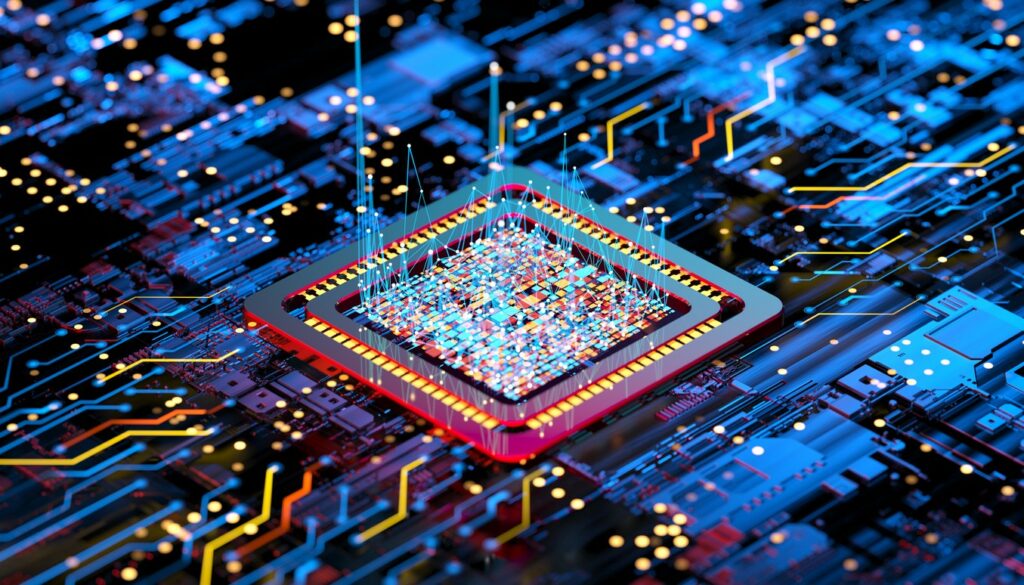Tension is mounting among big tech companies between the race to meet artificial intelligence demand, and fast-approaching net zero goals.
Microsoft’s 2024 sustainability report released in mid-May highlighted this tension acutely. Among notable numbers, the report showcased a 29.1% increase in emissions since 2020, and a 50% increase in the amount of electricity consumed per dollar of revenue over that same period. In June, Google reported that its own emissions grew 13% year-over-year in 2023, citing the demands that AI puts on data centers.
Just a few weeks later, Amazon claimed that it had purchased enough clean energy to cover the demands of all the offices, data centers, grocery stores, and warehouses across its global operations — seven years ahead of its 2030 net zero commitment. In response, a group of Amazon workers that has been pushing the company to take more aggressive action on climate change released a report of its own, accusing Amazon of using “creative accounting” and estimating that 78% of the company’s U.S. energy comes from nonrenewable sources.
On a virtual panel hosted by Latitude Media in May, Soluna CEO John Belizaire spoke to this rising convergence of energy and computing as AI makes up an ever-bigger slice of the computing pie. Meanwhile, fellow panelist Brian Janous, former VP of energy at Microsoft, said that there is a “real risk” that tech company climate commitments will take a back seat to their AI aspirations.
Such a reality is not a foregone conclusion, though. The same tech companies whose energy bills and sustainability practices are taking a hit from the AI boom are certainly incentivized to become more efficient, Janous acknowledged.
According to Janous, those incentives “are a function of the fact that these companies don’t believe utilities are going to be able to make enough power to meet their demands.” But there remain untapped wells of energy resources.
According to Soluna research, energy curtailment can cost IPPs up to 30% of annual revenue, due to lost revenues from PTCs, RECs, and PPAs. Stranded energy can be harnessed to power those same high-intensity computing workloads that use such prodigious amounts of energy while allowing IPPs to monetize an otherwise wasted resource. Soluna partners with these IPPs to buy their stranded and curtailed energy to power data centers focused on high-intensity workloads like AI.
On the other side of the equation, Soluna partners with AI developers to offer a turnkey infrastructure solution, with global access to an AI cloud, a powerful enterprise-grade software system, the latest GPUs, and data centers that are 18% cleaner than traditional ones. Soluna’s suite of cloud customers ranges from startups to enterprise-level. Across a spectrum of sophistication, Soluna provides seamless integration, allowing the focus to be on training, tuning, and deploying models quickly.
The Soluna Cloud, which powers sustainable and scalable AI, turns the risk Janous described on its head so that AI workloads can instead work in service of the energy transition.




